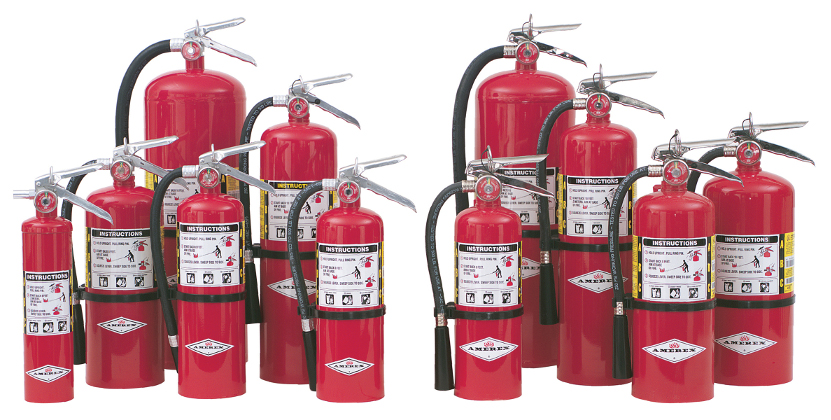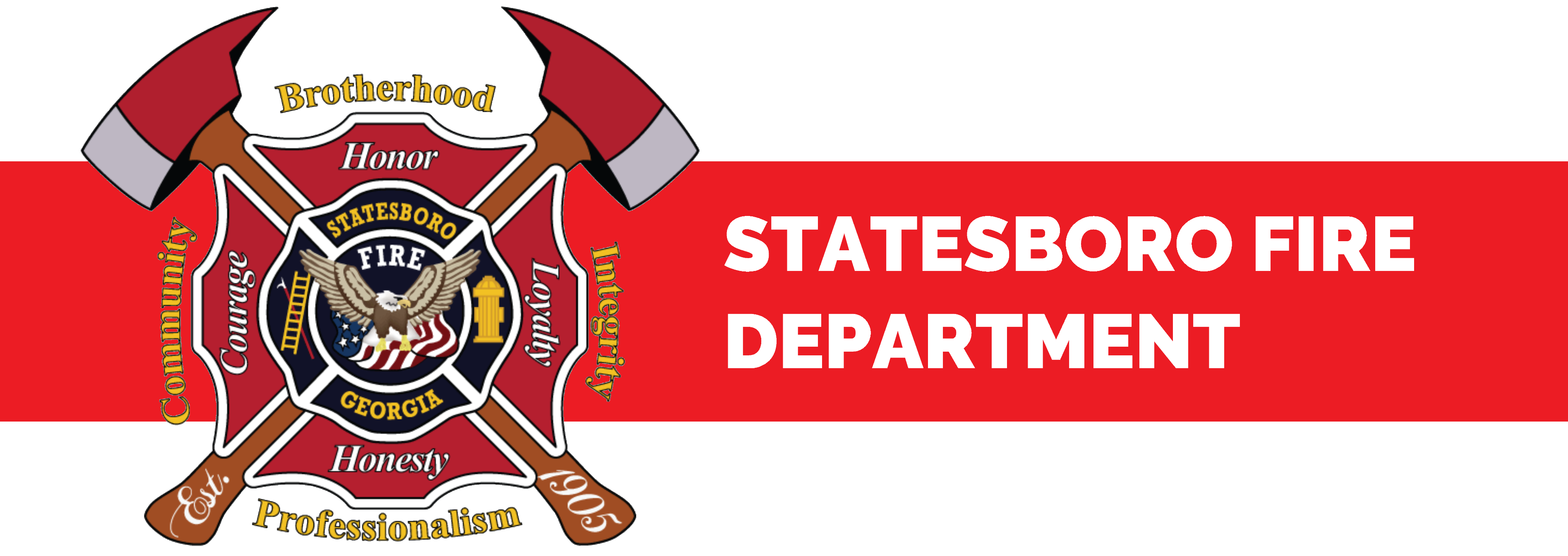Fire Extinguishers
When used properly, a portable fire extinguisher can save lives and property. Portable fire extinguishers, intended for your home or business, are not designed to fight large or spreading fires. With so many fire extinguishers to choose from, selecting the proper one for your home or business can be a daunting task. The Statesboro Fire Department recommends everyone should have at least one fire extinguisher at home and in every business, but it’s just as important to ensure you have the proper type of fire extinguisher. Fire extinguishers are divided into five categories, based on their uses. Extinguishers can even have multi-uses.
The classes of fire extinguishers are:
- Class A extinguishers are for ordinary combustible materials such as paper, wood, cardboard, and most plastics. The numerical rating on these types of extinguishers indicates the amount of water it holds and the amount of fire it can extinguish. Geometric symbol (green triangle)
- Class B fires involve flammable or combustible liquids such as gasoline, kerosene, grease and oil. The numerical rating for class B extinguishers indicates the approximate number of square feet of fire it can extinguish. Geometric symbol (red square)
- Class C fires involve electrical equipment, such as appliances, wiring, circuit breakers and outlets. Never use water to extinguish class C fires – the risk of electrical shock is far too great! Class C extinguishers do not have a numerical rating. The C classification means the extinguishing agent is non-conductive. Geometric symbol (blue circle)
- Class D fire extinguishers are commonly found in a chemical laboratory. They are for fires that involve combustible metals, such as magnesium, titanium, potassium and sodium. These types of extinguishers also have no numerical rating, nor are they given a multi-purpose rating – they are designed for class D fires only. Geometric symbol (Yellow Decagon)
- Class K fire extinguishers are for fires that involve cooking oils, trans-fats, or fats in cooking appliances and are typically found in restaurant and cafeteria kitchens. Geometric symbol (black hexagon)

Remember these tips:
- Extinguishers should be installed in plain view above the reach of children near an escape route and away from stoves and heating appliances.
- Extinguishers require routine care. Read your operator’s manual and ask your dealer how your extinguisher should be inspected and serviced. Rechargeable models must be serviced after every use. Disposable fire extinguishers can be used only once; they must be replaced after one use. Following manufacturer’s instructions, check the pressure in your extinguishers once a month.
- Stand 6 to 8 feet away from the fire and follow the four-step PASS procedure:
- PULL the pin out: This unlocks the operating lever and allows you to discharge the extinguisher. Some extinguishers have other devices that prevent inadvertent operation.
- AIM low: Point the extinguisher nozzle (or hose) at the base of the fire.
- SQUEEZE the lever below the handle: This discharges the extinguishing agent. Releasing the lever will stop the discharge. Some extinguishers have a button that you press.
- SWEEP from side to side: Moving carefully toward the fire, keep the extinguisher aimed at the base of the fire and sweep back and forth until the flames appear to be out. Watch the fire area. If the fire re-ignites, repeat the process.
Any businesses wishing to set up a fire extinguisher training class, please contact the Statesboro Fire Department at 912 764-3473 or submit a request.
